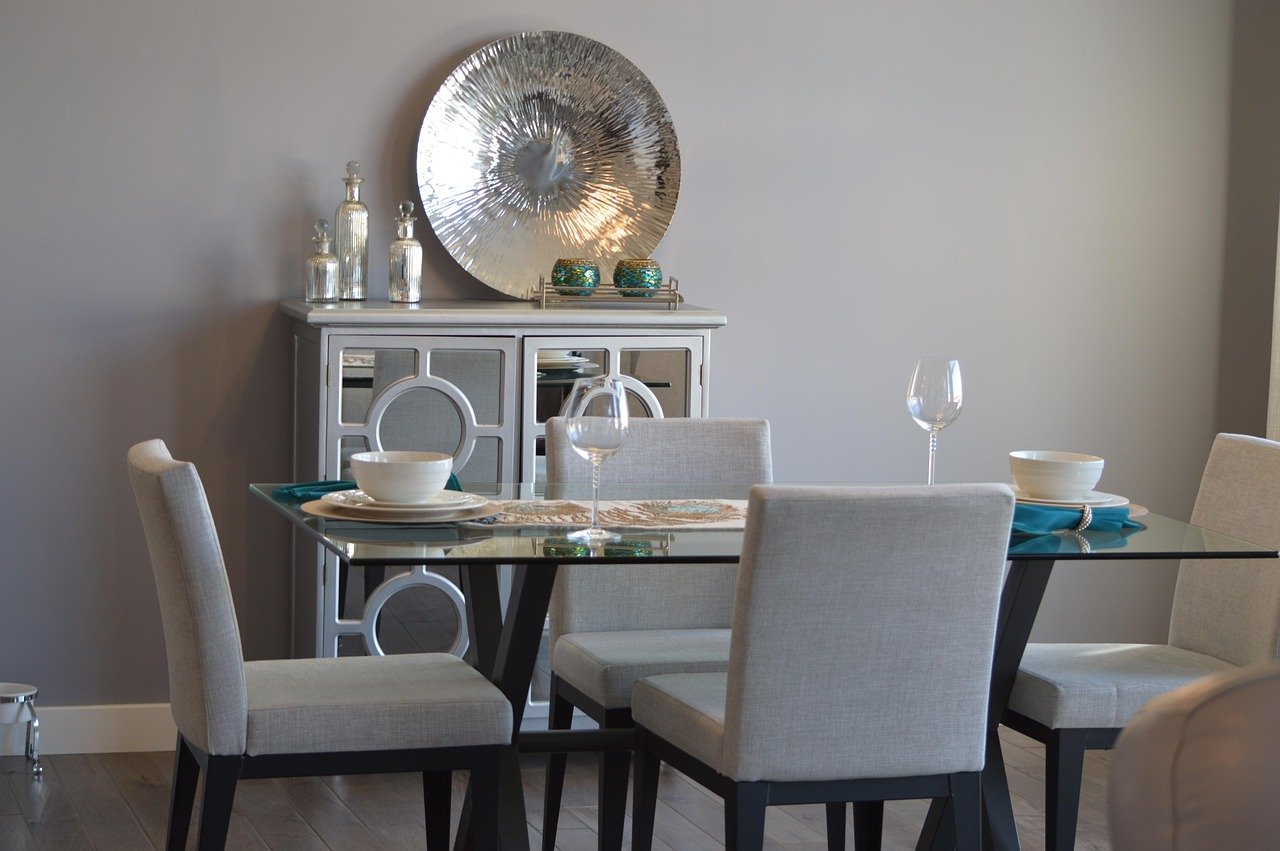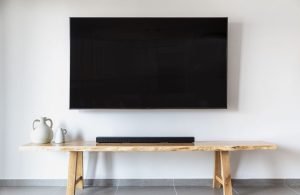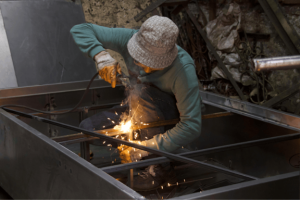Last Updated on October 30, 2025 by teamobn
When we think of interior design, our minds often jump to the bold, the grand, the attention-grabbing elements — statement lighting, luxurious textiles, dramatic paint colors, or standout furniture pieces. But what if the true essence of refined design lies not in the obvious, but in the details that quietly tie the room together?
That’s where table legs step into the spotlight—not loudly, but with an understated confidence that shapes a room’s aesthetic from the ground up. Often overlooked, table legs are furniture design’s unsung heroes, influencing visual harmony and functionality in ways many don’t initially recognize.
The Foundation of Style and Stability
Every table needs legs, but not all legs are created equal. The structure of a table is intrinsically linked to the design of its legs, and these legs determine the balance between aesthetic appeal and structural strength. Whether it’s a sleek metal base supporting a marble top or elegantly tapered wooden legs holding a vintage oak surface, the style of table legs can drastically change how a piece fits into the overall design of a space. Stability and form meet where the legs meet the floor, creating a visual and physical anchor that guides the eye and supports the function.
Design That Begins from the Bottom
Interior design trends are cyclical, and table legs find new forms of expression with each evolution. From mid-century modern hairpin legs to the bold sculptural bases of contemporary design, the lower half of a table often sets the tone for the rest of the room. A minimalist glass tabletop can suddenly feel industrial, rustic, or even playful depending on the legs beneath it. Designers know that what supports the surface matters just as much as the surface itself, and it’s this attention to the base elevates the ordinary into something artistic.
Material Matters More Than You Think
The material of a table leg does more than support—it communicates the design language of the entire room. For instance, powder-coated steel adds an edge of modern industrial flair, while hand-carved wood brings warmth and a sense of craftsmanship. Brass legs evoke luxury and old-world charm, whereas matte black finishes represent minimalist or Scandinavian aesthetics. Material selection impacts not just the style, but also how the piece interacts with light, space, and other furnishings in the environment.
Shapes That Shape the Room
The shape and silhouette of table legs have the power to guide the flow of a room. Straight, slender legs can make a space feel open and airy, while thick or ornately shaped legs create a grounded, substantial feel. Geometric frames and asymmetrical structures add intrigue, serving as conversation starters without ever needing to shout. These shapes influence how a table integrates with surrounding furniture and how movement is guided around it, subtly shaping not just style, but spatial experience.
The Psychology Behind Subtlety
Subconsciously, people notice when something looks “off” in a room, even if they can’t pinpoint what it is. Often, that misalignment stems from mismatched or poorly styled table bases. The visual rhythm of a room depends on consistency and proportion, and table legs help maintain that delicate balance. They provide continuity in style, support the narrative of a room’s story, and reinforce mood and intention. The effect is subtle, but deeply psychological—when table legs are thoughtfully chosen, everything else seems to fall into place.
Custom Legs for Personalized Spaces
The rise of bespoke furniture has highlighted the growing appreciation for custom-designed table legs. Homeowners and designers are turning to artisan-crafted legs to add individuality and character to spaces. Whether it’s a reclaimed wood X-frame or a steel spider-leg base designed for a specific nook, customization allows for tables that are functional and intimately tied to the style and purpose of the room they serve. These subtle elements speak volumes in a world increasingly valuing authenticity.
Blending Function with Elegance
The functional requirements of table legs—weight distribution, height, stability—do not have to compromise elegance. Some of history’s most iconic furniture pieces are celebrated for their ability to marry form and function seamlessly. Designers now integrate hidden support systems, clever joinery, and architectural engineering into legs that are as elegant as practical. This attention to detail allows for tables that feel light and stable, refined and robust.
How Table Legs Define Furniture Era
A glance at a table’s legs can often reveal the era it belongs to. Cabriole legs, for example, are unmistakably French provincial, while chrome pedestal bases shout mid-century modern. This makes table legs an essential tool for time-stamping a room, helping designers create historically inspired spaces or contrast modern interiors with antique accents. They act as visual clues, giving context and anchoring the design narrative within a broader stylistic timeline.
Creating Contrast and Drama
Sometimes, the legs provide the right amount of drama to create drama in an otherwise neutral space. A simple white tabletop paired with bold sculptural black legs becomes an eye-catching centerpiece.
Similarly, ornate gold legs can lift a plain wood surface into luxury. This contrast injects personality and depth without overpowering the room’s overall design language.
Sustainability at the Core
With growing awareness around sustainability, table legs are also becoming part of the eco-conscious design conversation. Designers are now repurposing salvaged materials, utilizing reclaimed metals and woods to craft distinctive legs that carry both character and a lighter environmental footprint. These details support the table and uphold values around responsible consumption and sustainable aesthetics.
The Future of Table Leg Design
As the design world continues to evolve, so does the innovation around table leg design. From smart furniture integrating cable management and hidden storage into leg structures, to modular designs that allow for easy assembly and transport, the next generation of table legs is smarter, sleeker, and more purposeful. Designers recognize the opportunity to enhance user experience through better design at every level, including the bottom.
In the grand grand interior theater, table legs may not always play the leading role, but they’re often the ones holding the entire performance together. From setting stylistic tones and anchoring design themes to enhancing functionality and shaping spatial flow, these silent stars work tirelessly behind the scenes. So the next time you admire a beautifully designed room, take a moment to look down—because that quiet elegance and structural poetry beneath the table might just be the most important design choice in the room.






